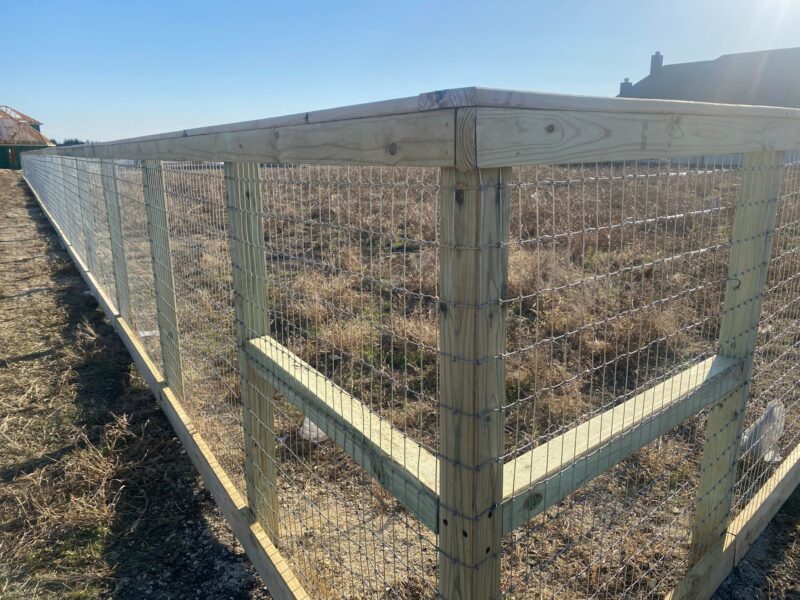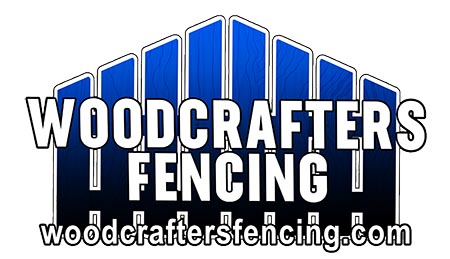Split Rail Fencing: A Timeless Choice for Your Property
There’s something undeniably appealing about driving past a property adorned with split rail fencing. Maybe it’s the way the horizontal rails cast shadows across a morning lawn, or how the natural wood grain tells a story of craftsmanship that modern materials simply can’t replicate. Whatever draws your eye, you’re responding to a design that’s been enhancing American properties for over three centuries—and for good reason.
At Woodcrafters Fencing, we’ve installed countless split rail fences throughout our years in business, and we’ve watched this style remain a favorite among homeowners who value both aesthetics and practicality. The beauty of split rail fencing lies not just in its appearance, but in its remarkable versatility. Whether you’re defining a large acreage, creating a welcoming boundary around your front yard, or adding character to a garden space, this style adapts to your vision while maintaining its distinctive character.

Why Split Rail Fences Continue to Captivate Homeowners
The enduring popularity of split rail fencing isn’t accidental. This style emerged from necessity when early American settlers needed efficient ways to mark boundaries without the extensive hardware that traditional fencing required. The ingenious design uses gravity and geometric stability rather than nails or screws, allowing the fence to flex slightly with ground movement and weather changes rather than fighting against natural forces.
Today’s homeowners appreciate these same qualities for different reasons. The open design doesn’t create visual barriers, making your property feel more spacious while still establishing clear boundaries. This matters tremendously when you want to preserve views or maintain a sense of openness that solid fencing would eliminate. The rustic aesthetic complements virtually any architectural style, from colonial homes to contemporary ranch designs, without competing for attention or appearing out of place.
Understanding Your Split Rail Fencing Options
Split rail fences typically come in two primary configurations: the two-rail and three-rail designs. Your choice depends largely on your intended purpose and desired aesthetic impact. Two-rail fences create a subtle boundary marker that works beautifully for decorative purposes or defining garden beds and pathways. The lower profile maintains sightlines while adding architectural interest to your landscape.
Three-rail configurations provide more substantial presence and work better when you need to contain larger pets or discourage foot traffic across certain areas. While these fences won’t stop a determined animal, they create a clear psychological boundary that most creatures respect. The additional rail also adds visual weight, making the fence more prominent without becoming imposing.
Material selection plays a crucial role in your fence’s longevity and maintenance requirements. Cedar remains the gold standard for split rail fencing due to its natural resistance to decay and insect damage. The wood’s aromatic oils act as built-in preservatives, allowing properly installed cedar fences to last twenty years or more with minimal maintenance. Pine offers a more budget-conscious alternative, though it typically requires treatment to achieve comparable durability.
What Makes Split Rail Fencing Practical
Beyond aesthetics, split rail fencing delivers practical advantages that matter in day-to-day property ownership. The design requires fewer materials than solid fencing, which translates to lower initial costs and reduced environmental impact. Installation typically proceeds faster as well, since the post-and-rail system doesn’t demand the precision alignment necessary for panel fencing or chain link installations.
Maintenance remains remarkably straightforward. Unlike painted fences that require regular refinishing, split rail fences age gracefully, developing a silver-gray patina that many property owners find even more attractive than the original wood color. If you prefer maintaining the natural wood appearance, an occasional application of sealant keeps the fence looking fresh without demanding extensive labor.
The open design also provides unexpected benefits in areas with heavy snow or strong winds. Solid fences can catch snow drifts or wind loads that stress the structure, but split rail configurations allow these forces to pass through with minimal resistance. This resilience means fewer repairs and longer life spans in challenging weather conditions.
Making Your Split Rail Fence Decision
Choosing split rail fencing means embracing a design philosophy that values simplicity, natural beauty, and time-tested functionality. This isn’t the fence for every situation—if you need complete privacy or security, other options serve those purposes better. But when you want to enhance your property’s character while respecting the landscape’s natural flow, split rail fencing delivers results that continue satisfying long after installation.
We’d love to help you explore whether split rail fencing fits your property’s needs and your personal vision. At Woodcrafters Fencing, we bring expertise in both traditional installation methods and modern adaptations that extend the life and versatility of this classic style. Reach out to discuss your project, and let’s create something that makes you smile every time you pull into your driveway.
